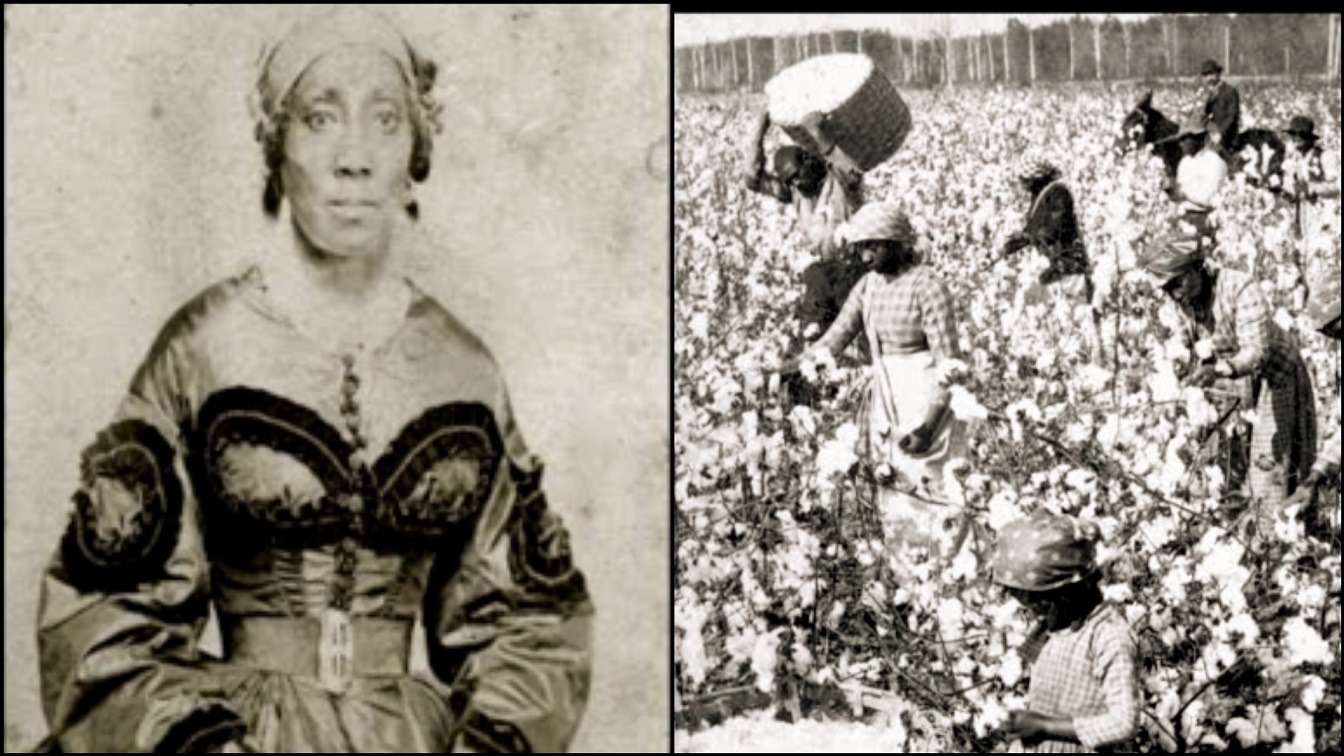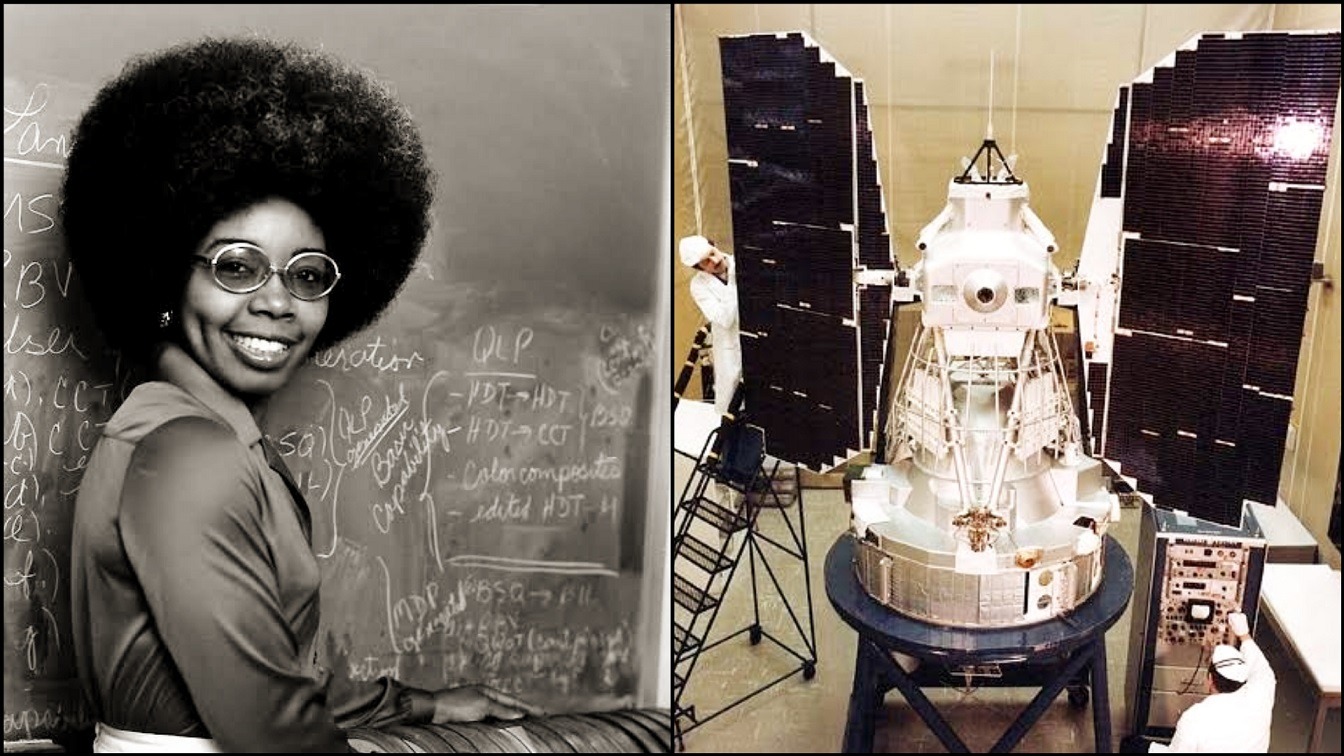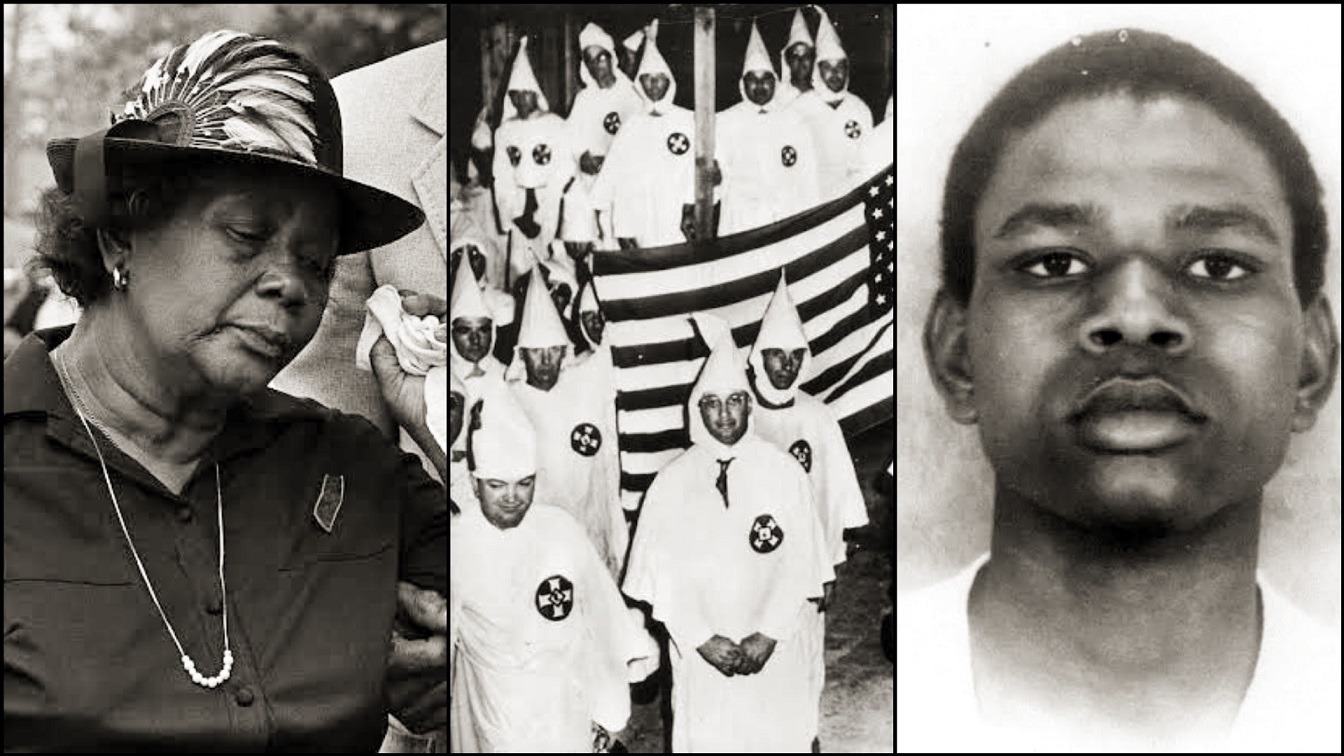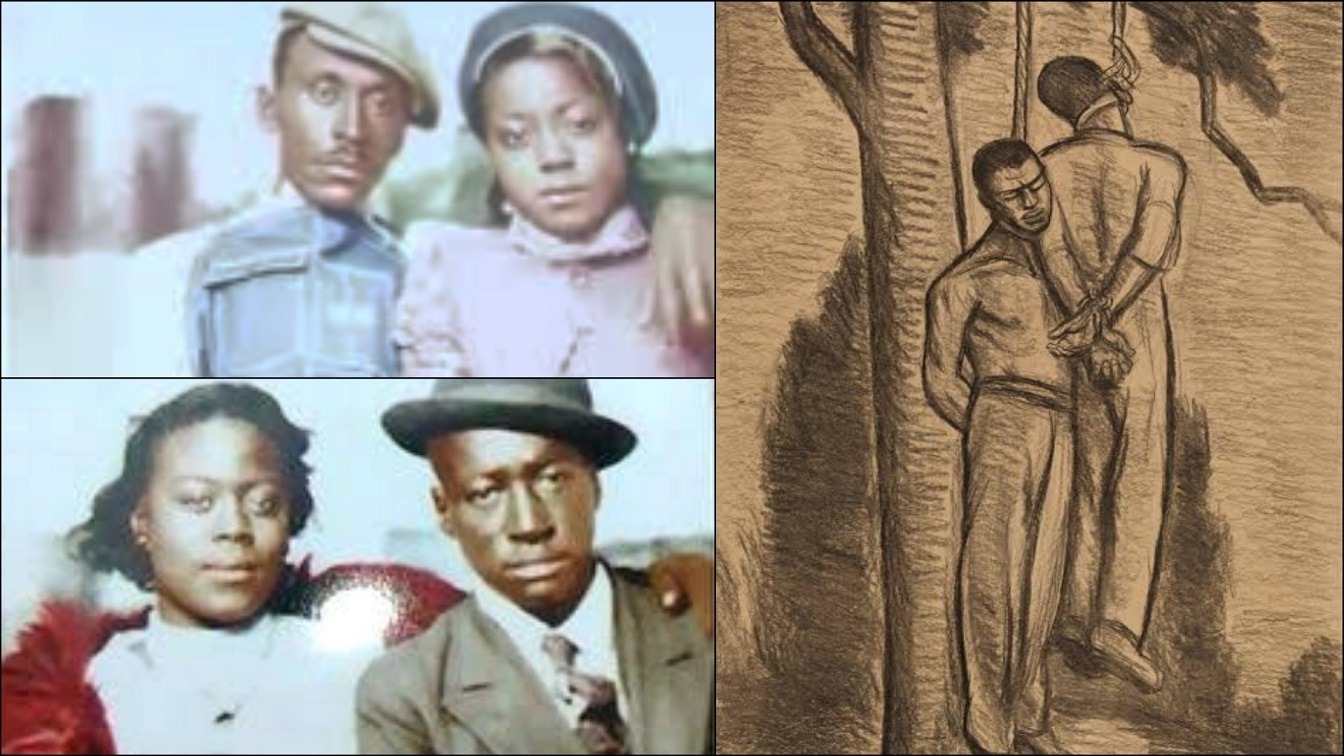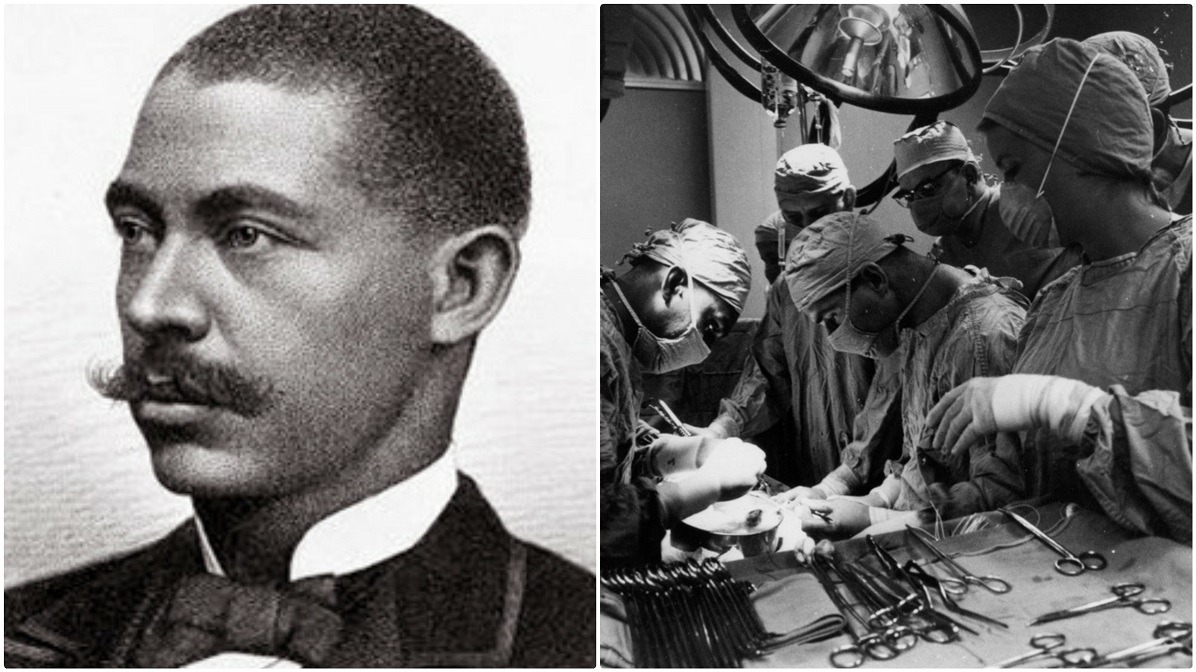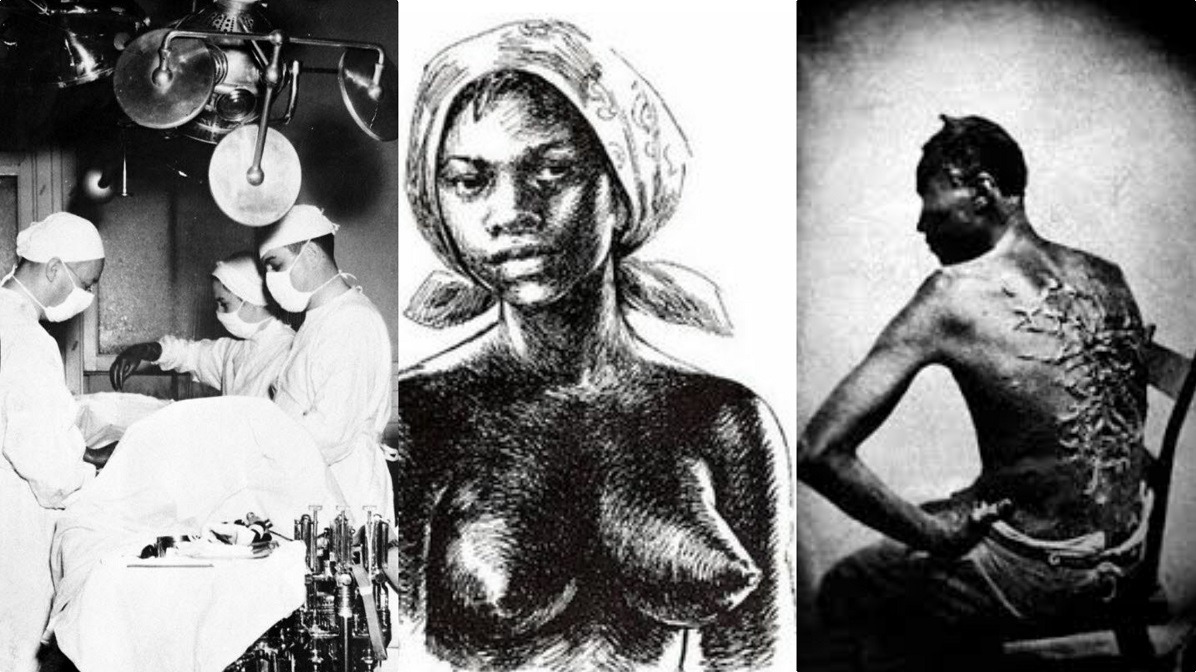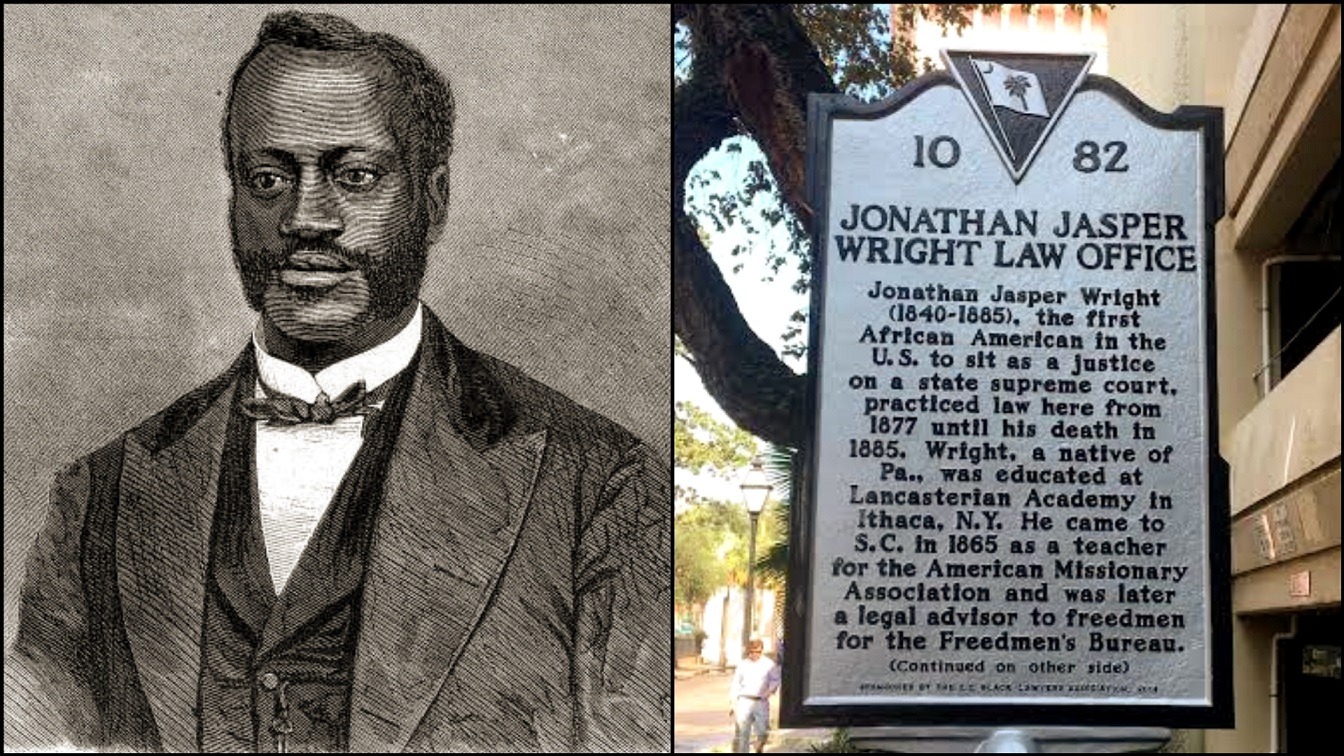Between 1515 and the mid-nineteenth century, more than 12 million Africans were forcibly transported across the Atlantic to work as slaves. On their way to the Americas, two million enslaved men, women, and children died. It was the beginning of several hours of work on large plantations with little food and never having to forget their status as property for those who survived.
However, the slaves did not simply accept their fate. Slave rebellions were common at the time. Some enslaved Africans were also able to break free and live extraordinary lives, accumulating wealth and status. To make it, they had to overcome several obstacles as well as a system that was not in their favor. And they did succeed. According to data, there were 4,047 millionaires in the United States immediately following Emancipation, with six of them being African Americans.
Harriet Russell lived in Merced County, California, and went from being a former slave in Louisiana to a single motherland speculator in California, with a section of Snelling in Merced County even named after her.
According to the Merced County Courthouse Museum, Merced County was formed in 1855 from Mariposa County. Its settlers in the Snelling area were mostly from the Southern states at the time, and they usually brought enslaved men and women with them. Despite the fact that California was a free state, this was the case.
Black settlers would also arrive in Merced County as free men and women. Russell, a former slave, arrived in California as a free woman with her daughter in 1857 and settled in Snelling. According to the Merced County Courthouse Museum, she worked as a washer while also heavily involved in land speculation.
Between 1869 and 1871, Russell completed 17 property transactions and worked with White and Black landowners. At the age of 90, the former slave turned real estate entrepreneur died in 1897. The Merced Express remembered her as “one of the oldest settlers in Merced County and laid off [sic] the first addition to Snelling, which was called ‘Aunt Harriet’s Addition,” according to the Merced County Courthouse Museum.
According to the Courthouse Museum, “Aunt Harriet’s Addition to Snelling” is the area north of Emma Street between 4th and Montgomery Streets.
Russell is remembered as one of Merced County’s Black American pioneers who made significant contributions to the county. William J. Creque, a waiter and handyman born in the West Indies who became a poet, was another well-known pioneering Black settler. He is best known for his 1908 book “The Fountain City,” a nickname for Merced.
The works of these early Black settlers, such as Russell and Creque, are rarely found in history books. They are also not inscribed on monuments, but the Merced County Courthouse Museum reports that they can be found in other mediums such as literary works, movies, and maps. Russell’s legacy is commemorated on maps, while Creque’s skills as a poet are celebrated in a book titled “Poems: A Flash From Afar Ut Pignus Amicitiae.”
